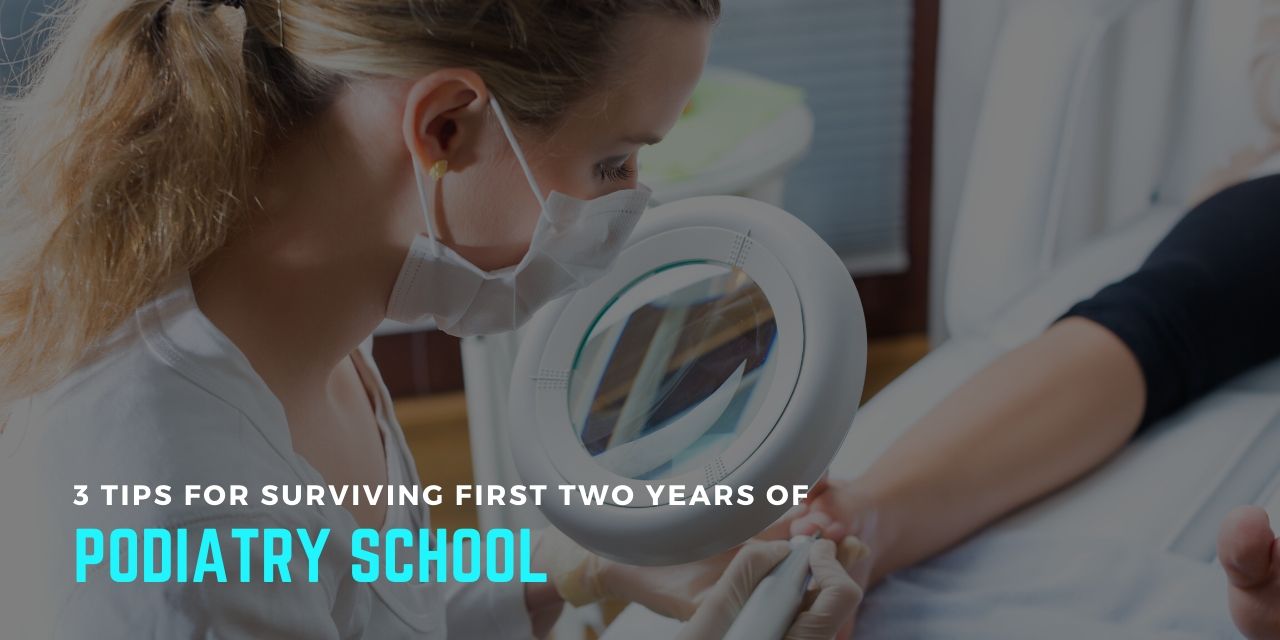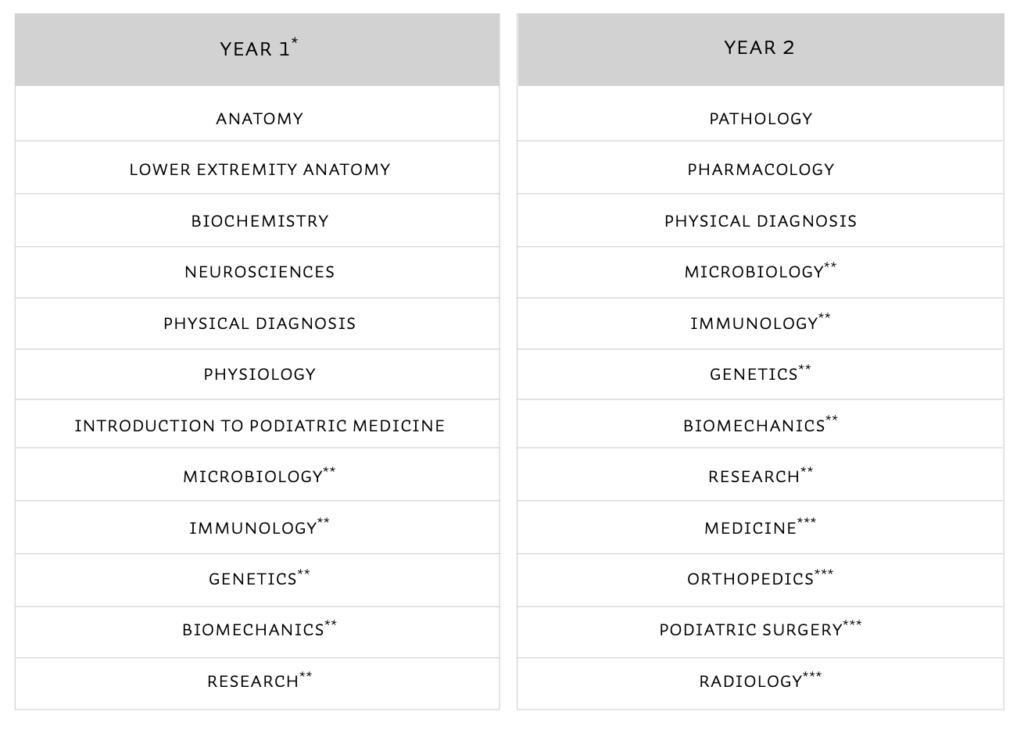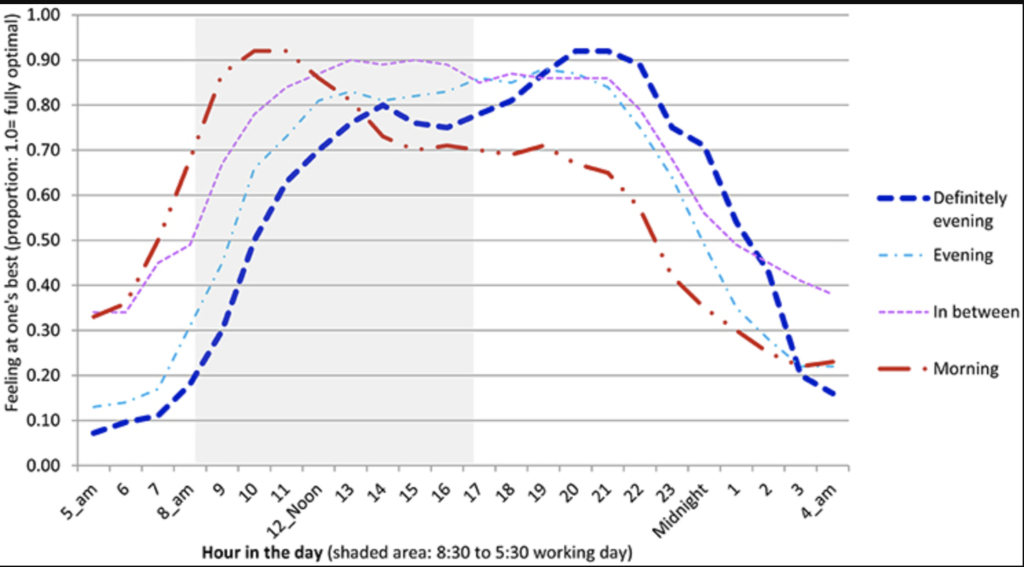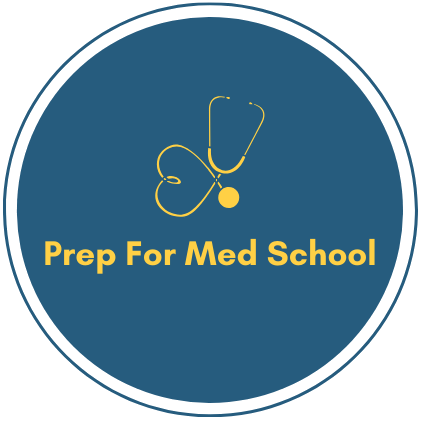3 Tips of Doing Well First Two Years of Podiatry School
Dhavel Chauhan | Posted on |

So now that you’ve followed the timeline in order to gain admission to podiatry School, it’s time to start thinking about what the next two years of your life will be like. Podiatry school will be one of the best times of your life, but it will also be just as difficult. In the end, however, you’ll come out a clinician ready to take on any task!
In this article, I’d like to tell you about what you can expect from your first two years in podiatry school, and give you some tips on how to survive them! These years will be your time in didactics where you’ll make friends and become acclimated to medical concepts. But most importantly- this is the time your head will be constantly in the books!
By the end of your first two years of podiatry school, you will have taken the majority of your courses, become involved in clubs and organizations, and you will also have taken your first board exam- the APMLE part 1.
Create a Schedule
Time management is an absolute necessity when it comes to making it through your first two years of podiatry school. Podiatry school will be much more challenging compared to undergraduate school in terms of course content and quantity.
Most podiatry schools will have you taking 18+ hours of course work each semester.
Barry University School of Podiatric Medicine’s first semester includes Intro to Podiatry, Biochemistry, Statistics, Histology, and General Anatomy. This yields a grand total of 19 hours that first fall semester.
Similarly, New York College of Podiatric Medicine’s first semester is 19 hours as well. This trend is the norm for most Podiatric Medical Colleges. In undergraduate, in most cases, the student is not permitted to take more than 18 hours of coursework in one semester unless they obtain an override for more hours.
Below is a general outline of the courses you will be undertaking your first two years of podiatry school from the AACPM website.

Beyond making time to attend and study for your courses, you will also need to balance your personal life and possible extra-curricular interests. Be sure to carve out some time for yourself so you do not burn out, and try to become involved with clubs or different organizations to help further your interests and interact with your peers.
A typical day for a podiatric medical student is like this:
- 8:00am-12:00pm- Classes
- 12:00pm- 1:00pm- Lunch or Club Meetings
- 1:00pm-5:00pm- Classes or Labs
After 5:00 pm, you are free to do as you please. This is the time it is recommended students should take some time for themselves, and also study. You can do physical activity, hang out with your friends, or work on another hobby. Be sure to save 4-5 hours towards the end of the day to review or study for your courses as well. Make sure you read up on each subject every day and not just concentrate on mastering one subject at a time.
Plan Out Your Studying
Some students wake up earlier in the morning in order to study as well. Understand what works best for you in terms of when you need to study and create your schedule around that.
Interestingly, in an article created by Evans et al., researchers discovered that there is no one best time that everyone prefers to begin their work- “there is no one size fits all” as they said. In the graph below, you can see the various times students feel is their “optimum time” to begin work

This data shows that different students feel optimal at different times throughout the day. Some are optimally productive in the morning while others don’t reach peak productivity until midnight.Take the first few days of school to figure out what will work best for you, add that into your schedule, and then follow it every day.
Be sure to consider your school’s attendance policy as well. If classes have a mandatory attendance policy, then be sure to attend. If not, consider if it is worth going to class. Most school’s record each day’s lectures and post them for students to view or review. Again, figure out what works best for you and then follow that guideline you’ve created for yourself. Just be sure to never fall behind in any of your courses!
Keep Your Head in the Books
As mentioned above, dedicate a good portion of your time to studying or reviewing course material. Follow the schedule you’ve created and be sure to review each course every time you sit down to study.
One of the worst things a student can do is to wait until the last minute to study for a quiz, exam, or practical- affectionately known as “cramming.” A study conducted by Bickerdike et al. concluded that poor academic performance was directly correlated with a “cramming” studying style, while better academic performance was associated with an organized style of studying.
Once you figure out what studying method and time works best for you, your classwork will fall into place.
Classes and Boards
In most courses, you will be provided with powerpoints by each professor. These powerpoints are usually enough in order to do well on the exam, however adding in boards studying books in your second year will assist you in preparing for your AMPLE part 1 at the end of the year.
Some resources to include in your studying plan are:
First Aid for the USMLE Part 1
Although this book was designed to assist M.D. students with their USMLE, the material is very pertinent to what we are examined on in our APMLE exam
“Ohio Lower Anatomy Notes” Written by Professor Kathy J. Siesel DPM
This is the lower extremity anatomy book created by the Kent State lower extremity anatomy professor- Dr. Kathy J. Siesel. Every student, from every school, swears by this book as the definitive lower extremity anatomy resource for Boards Part 1.
A resource that has created video stories of pharmaceuticals, microbiology, and pathology concepts in order to assist you in recalling material via fascinating imagery. Students
Created by Dr. Sattar, a professor at the University of Chicago. This tool assists students in mastering pathology concepts in a lecture-based way.
The material above is some you should consider adding into your repertoire to study for classes, and if not they are certainly resources you must cover before taking your boards part 1 (APMLE) at the end of your second year.
Talk to your professors
Occasionally, you will run into speed bumps along your academic journey. Whether it’s classes, time management, or some other facet of schooling. When this happens, always know that you can turn to your academic professors for assistance. All of the podiatric medical schools will tell you that their professors have an “open-door” policy where you are free to contact your professors and ask them for advice.
Be sure to utilize your professors’ experience in order to make the most out of your time in Podiatry School. The professors have helped countless individuals in their road to success, and they will definitely help you as well. They will help clarify the material, keep you accountable, and who knows- you may even meet another mentor.
Avoid Burning Out
Much easier said than done! So what is “burning out?” Burn out is a state of exhaustion that is brought about due to exposure to prolonged periods of stress as stated by an article from Psychology Today. Although Podiatry School is not meant to be a prolonged stressor, some students may feel overwhelmed and that can lead to exhaustion. There are many ways to avoid this dreaded “burn out,” but they can be summed up into one statement- make personal time for yourself.
Personal Time
Some of the things you can do for yourself are:
- Spend time with friends/family: exploring the town, grabbing a meal, or even calling a loved one can help you realize that podiatry school is not the only thing that is important in your life.
- Exercise: this can help you in two ways- one, by letting you blow off some steam and two, it may actually help you study! In a study conducted by Snigdha et al., researchers concluded that studying may actually assist in short term memory consolidation.
- Joining Clubs/Organizations: not just academic ones! Join whatever club or group your heart desires. Pick up a new hobby or just join a group to have meetings to look forward to throughout the week.
- Relax: even though this is a broad term, just find some time for yourself and do whatever calms you. Meditate, play sports, or just take a nap. Do whatever will help to recenter you, and after you are refreshed- get right back to work!
Wrapping Up
In conclusion, be sure to plan out your time in advance, work hard where you need to, and make sure to go easy on yourself. There will be a lot of obstacles you will have to face on your path to become a Podiatric Physician, but in the end, you will overcome them and reach your goal.
Take these tips to further your success, and elaborate on them. In the end, believe in yourself and you will achieve your goals.
Feel free to share this article and be sure to leave a message below if you have any questions, comments, or just need to chat. Thanks for reading!

Leave a Reply